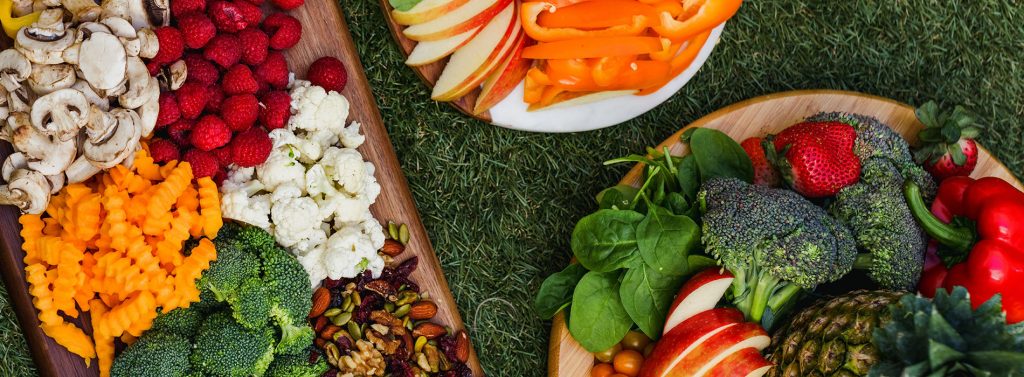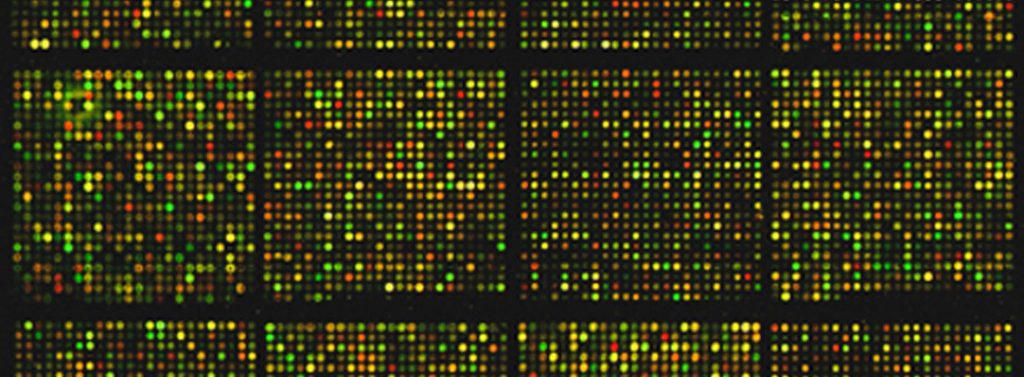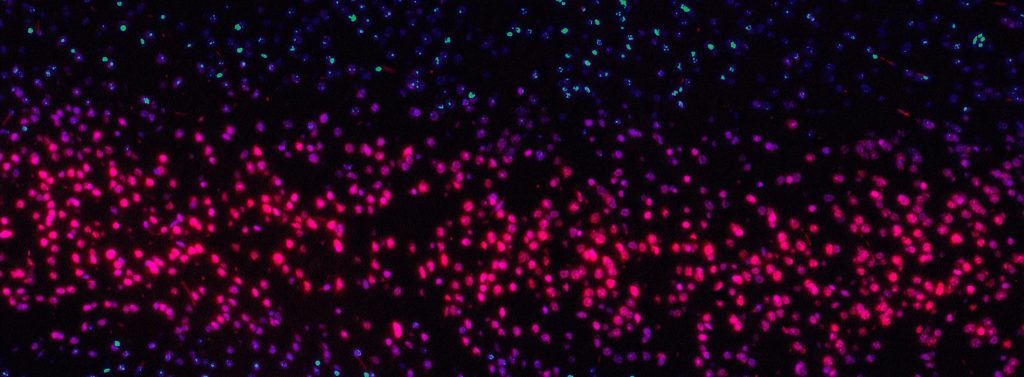Fruit and Vegetables – Why and How Much?

Guidelines across the globe vary in relation to fruit and vegetable intake. However some common themes can be noted.
Probiotics

Probiotics are live bacteria introduced into the gut that help the digestive system function properly. The most well known are lactobacilli and bifidobacteria, usually added to dairy products, in particular yogurts.
A Tipping Point for Animal Testing in Cosmetics?

The guiding maxim is known as the three Rs, namely Reduction (fewer animals), Refinement (improved procedures), and Replacement (different tests).
Here’s why a self-service business intelligence tool might not be for you

Some things are inherently complex and when a business relies on data from a series of intricate models it’s imperative that they work with a sufficiently low-level tool.
The Star Trek future of nutrition

New technologies for gathering, analysing and steering consumer well-being, from fitness trackers to nutrition, health and microbiome apps, to name a few, are trending. As a result the volume of data generated in this area has been growing rapidly.
Designing For Data Scientists – A User Experience Designer’s Notes on Designing Data Science Tools

We have decided to publish a summary of this research to give back to the design community and others setting out to design data science tools.
Personal Care at Creme Global – Open Door Series (Video)

Part of our Open Door series of interviews.
Where are you on the Data Maturity Hierarchy?

Data driven decisions are only as good as the data they are based on.
Using Whole Genome Sequencing (WGS) Data to Inform Food Safety Decisions

Prof. Fanning has been helping develop applications around genome sequencing to minimise risks in global food production and improve food safety decision-making. Two practical outcomes have emerged: prevent contamination problems in the industrial environment and track infections when outbreaks occur. The genome data helps identify pathogens in the food chain, like listeria monocytogenes. “We think […]